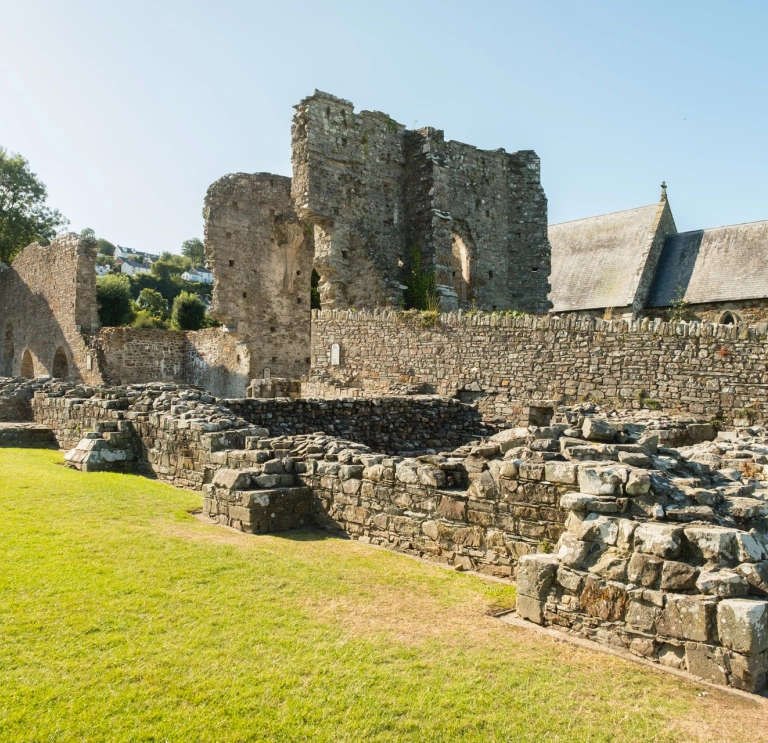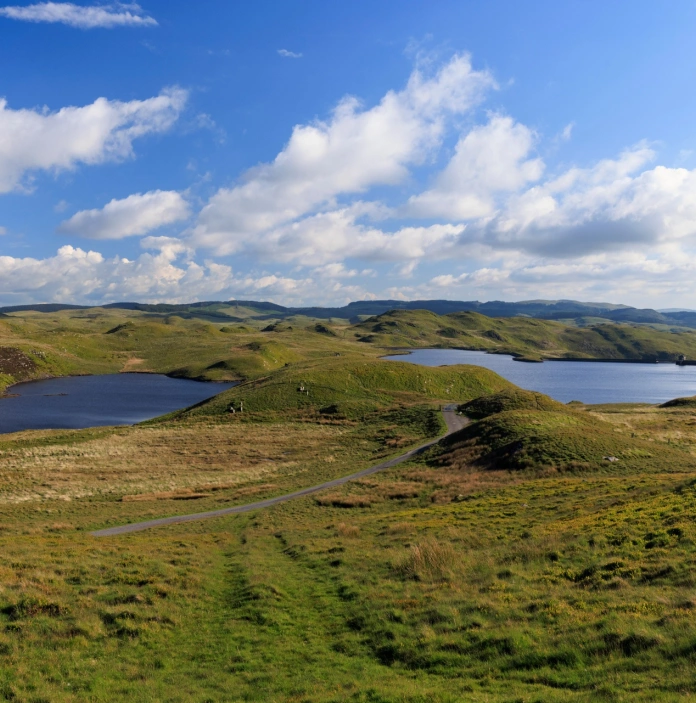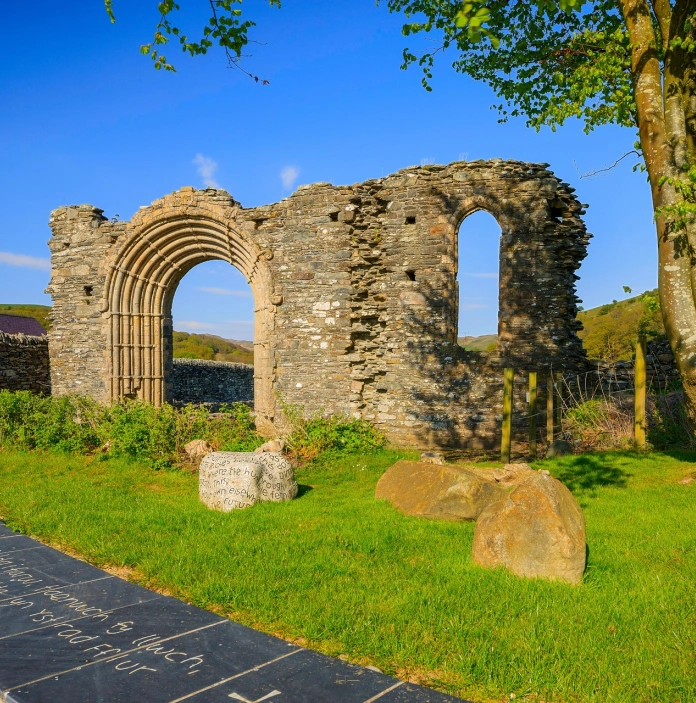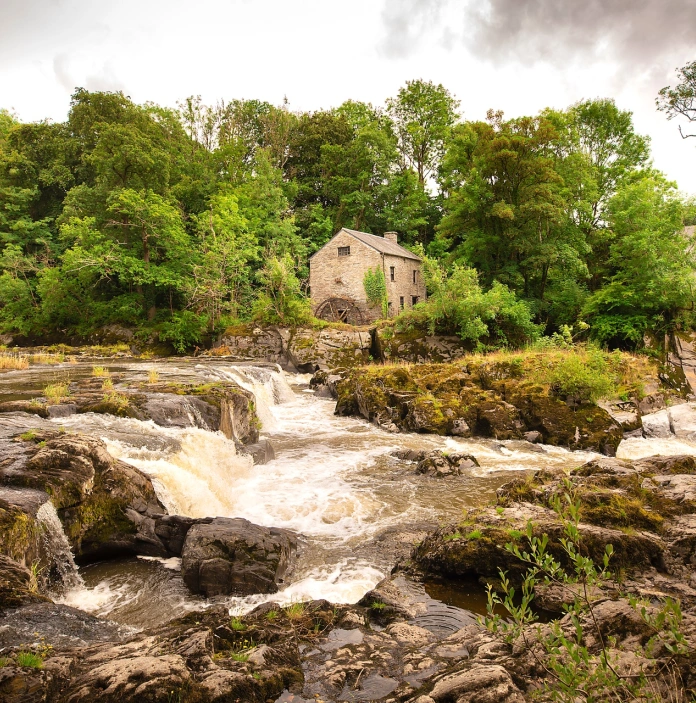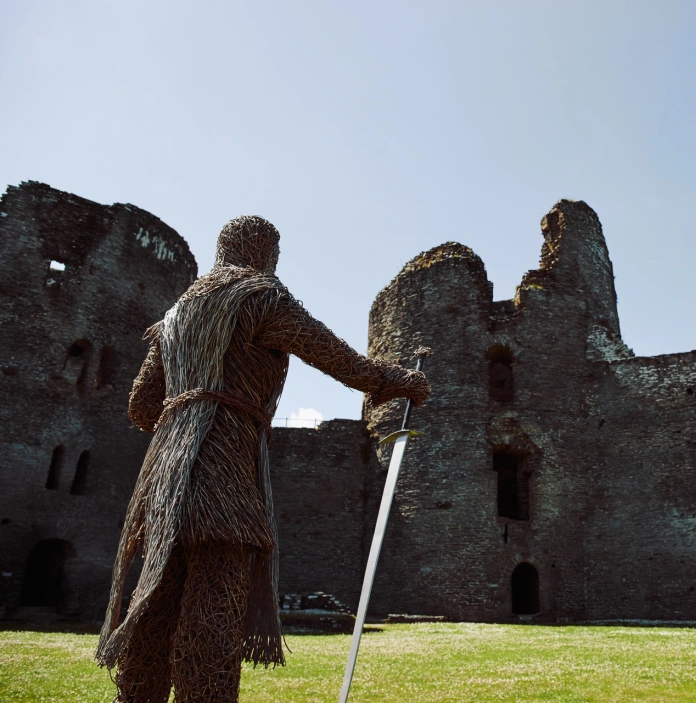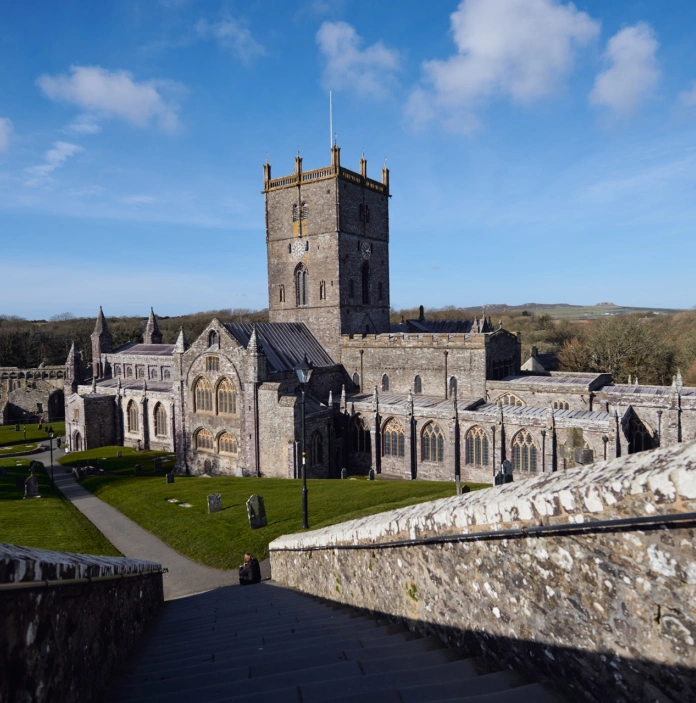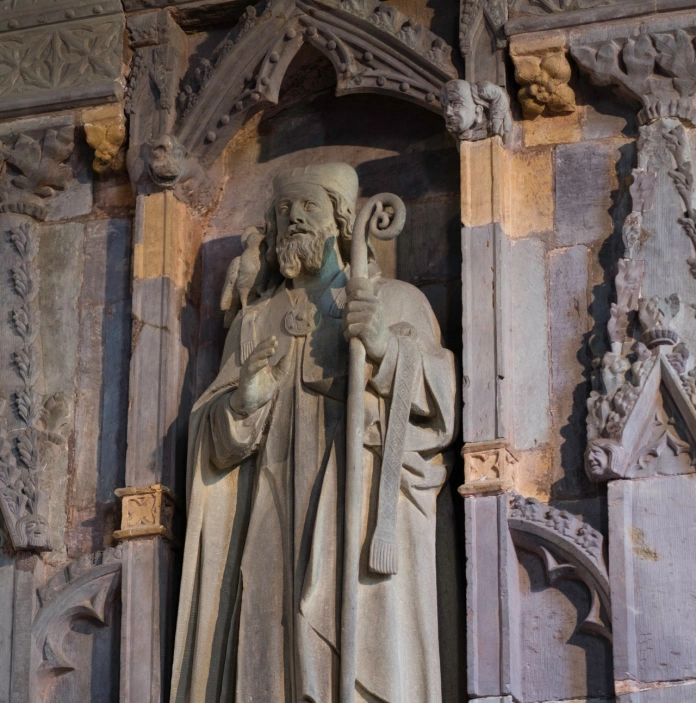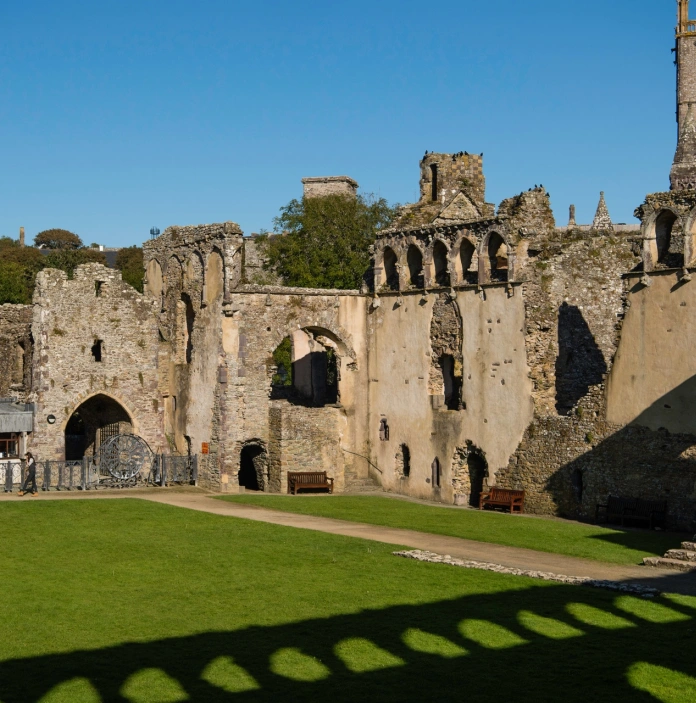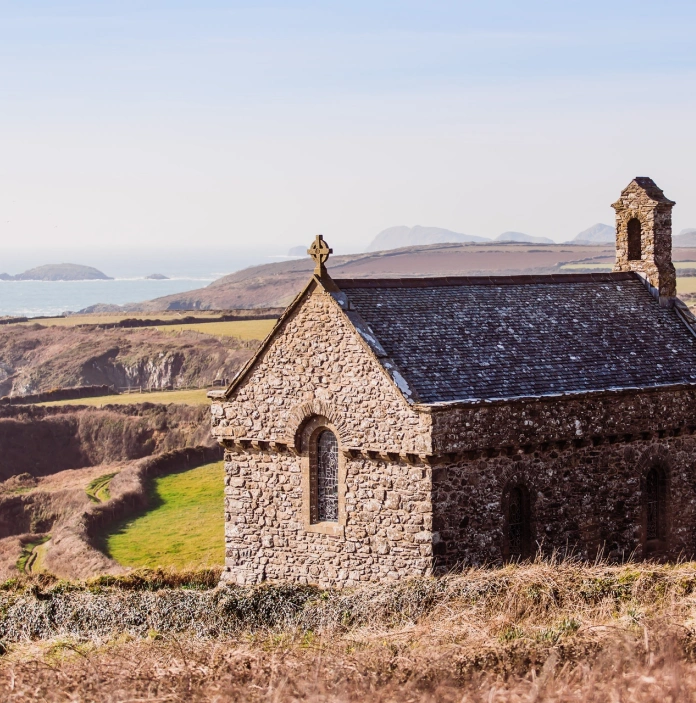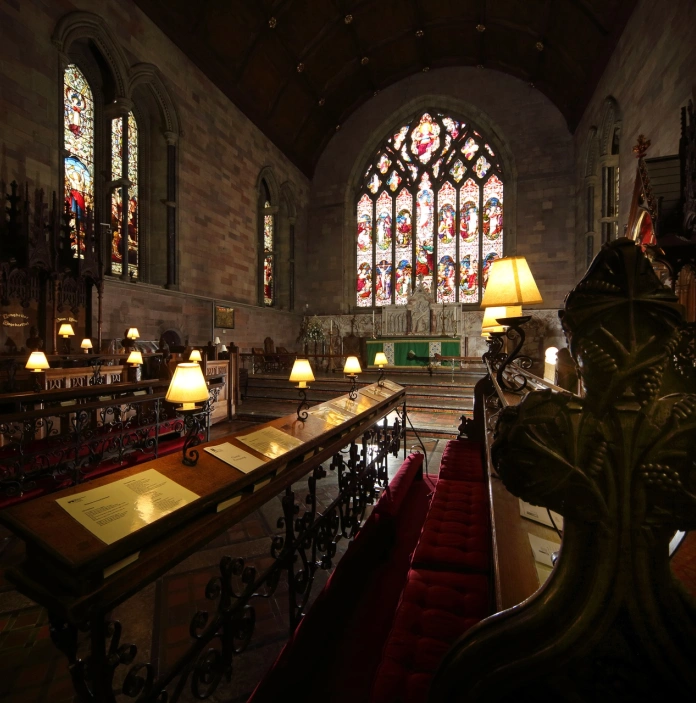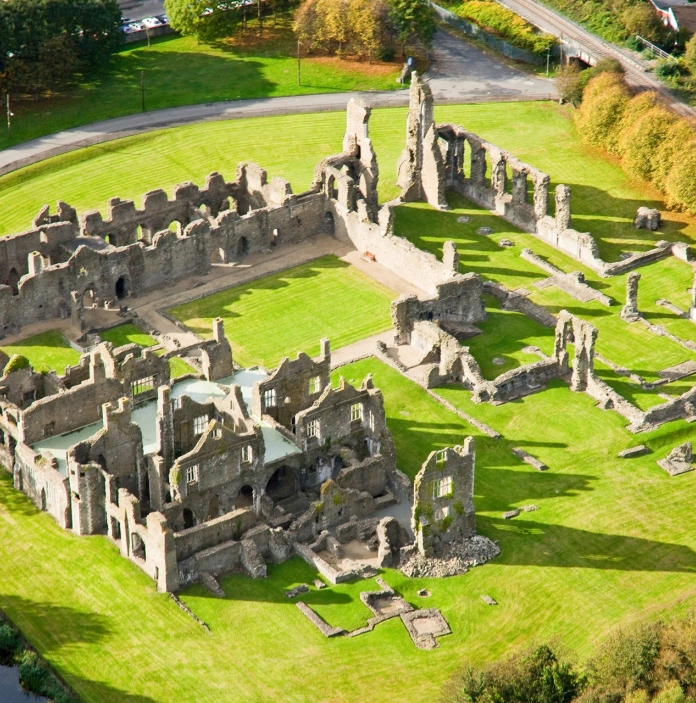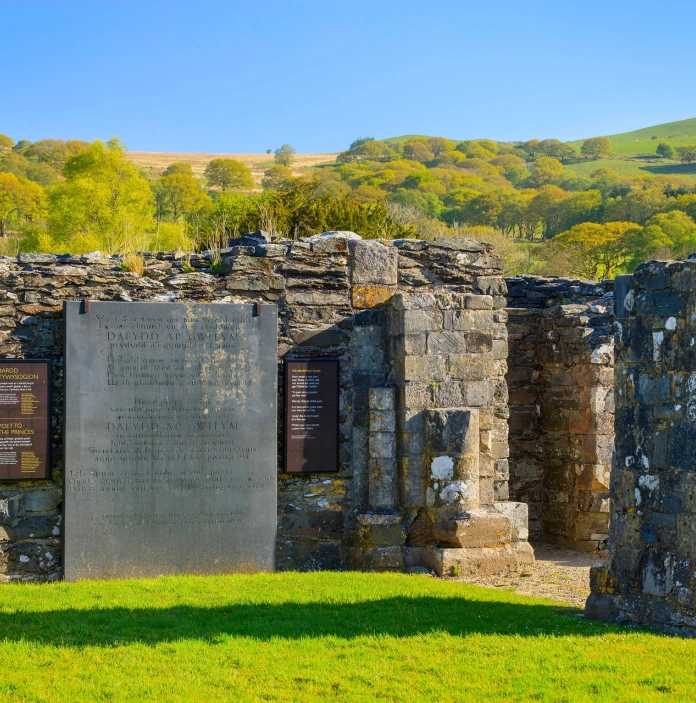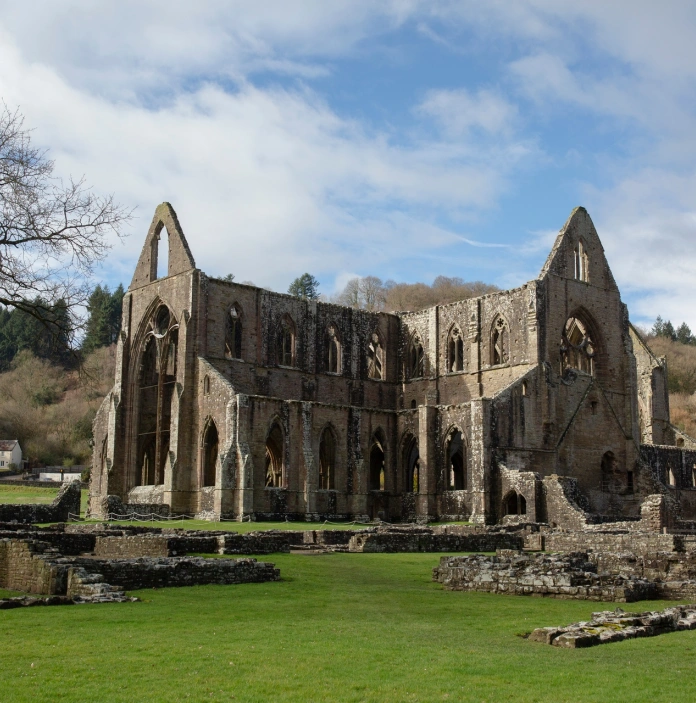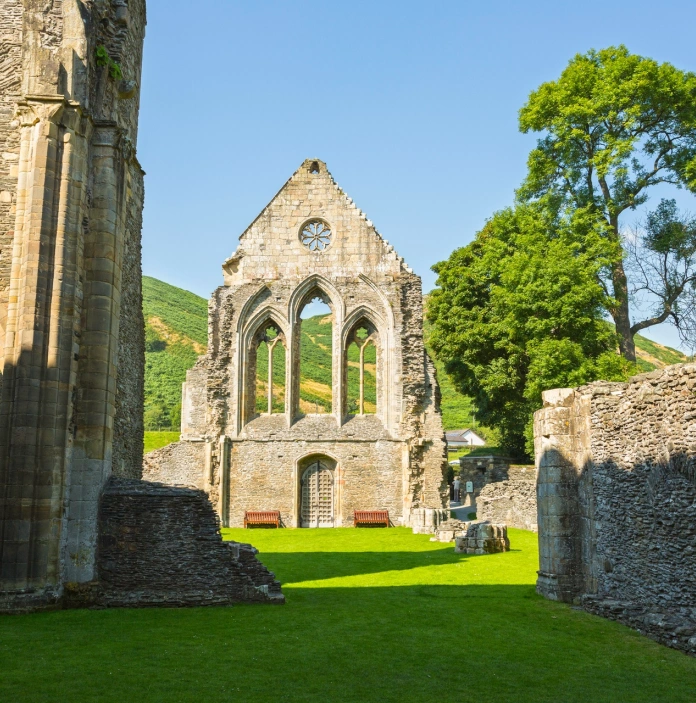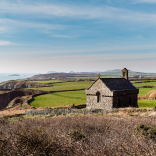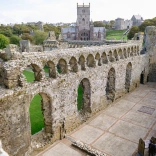Clients will be able to discover a range of pilgrimage routes. The walking and hiking trails cover over 1,553 miles (2,500 km) which can be added to itineraries or used to create longer themed tours.
Points of interest along the routes include cathedrals, churches, prehistoric stone circles, stone crosses, holy wells and springs. Ancient forests, dramatic coastlines and places of pilgrimage can also be discovered.
Mid Wales
Aeron River Pilgrimage, Ceredigion
The route starts from Poet's Monument Mynydd Bach which has spectacular views of Llyn Eiddwen, the source of the river Aeron. Clients will pass Llanerchaeron on route, an 18th century Georgian villa, now owned by the National Trust. With its lake, parkland and walled garden, it is worth a visit. Continue to the final destination, the pretty coastal town of Aberareon where the river ends. The town has many shops, eateries and outside seating areas to relax and enjoy the views.
Distance: 24 miles (38 km)
Duration: 2 days
Top tip: Bus service 588 travels from Aberystwyth to Troed-y-Foel, where the monument is a 0.5 mile walk away.
Brecon Cathedral Pilgrimage, Brecon
The two circular walks start at Brecon Cathedral. The Llanddew loop includes a priory well, the Old Forge Bridge, and the oldest church in the county. The route continues along the River Usk and through the market town. The Pen y Crug loop walks around the River Honddu and includes an Iron Age Hillfort, two holy wells and Brecon Cemetery. Both routes end close to The Pilgrims Tearooms for refreshments.
Distance: Two circular walks of 4.5 miles (7.24 km) - 9 miles total
Duration: Each walk takes half day
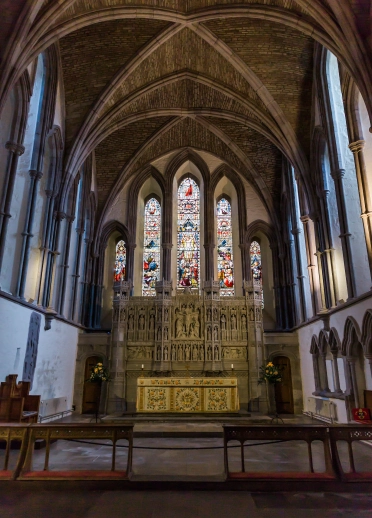
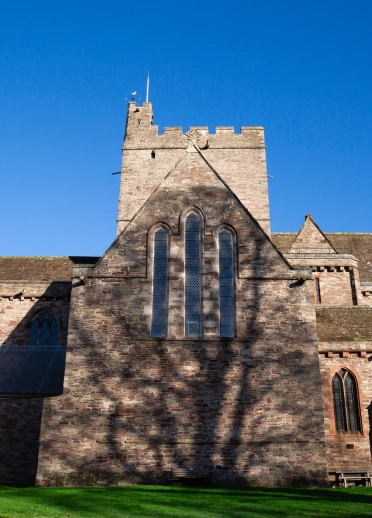
Teifi River Pilgrimage, Ceredigion
As the route name suggests the walk follows the Afon Teifi, which at around 73 miles (117 km), is one of the longest rivers in Wales. It starts from Llyn Teifi, a group of six pools and reservoirs on the edge of the Cambrian Mountains which offer spectacular views. However, the walk could also start further downstream at the 12th century Cistercian Strata Florida Abbey. The walk continues taking in holy wells, hill fort sites and churches. The walk ends at the popular coastal town of Cardigan and Poppit Sands beach.
Distance: 78 miles (125.5 km)
Duration: 8 days
Start: Llyn Teifi / Strata Florida Abbey
End: Cardigan
Attractions: Cors Caron Nature Reserve, National Wool Museum, Newcastle Emlyn Castle, The National Coracle Centre, Cenarth Falls, Cilgerran Castle, Welsh Wildlife Centre, and St Dogmaels Abbey.
North Wales
Anglesey Pilgrimage
The route honours the druids who were massacred by the Romans in the first century. The Wales Coast Path plays a big part in the walk which starts at the remains of Segontium Roman Fort. Clients can expect to see prehistoric burial chambers, churches and ruined chapels en route, including St Tysilio's Church, St Beuno's Church, Bryn Celli Ddu. Other key locations include Llanddwyn Island and South Stack lighthouse.
Distance: 80 miles (129 km)
Duration: 7 days
Start: Caernarfon
End: Holyhead railway station
Top tip: Allow time to visit Castell Caernarfon (Caernarfon Castle).
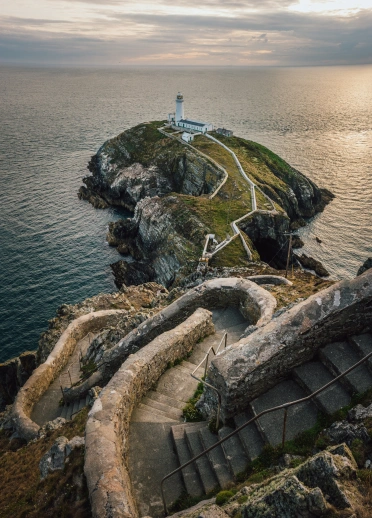
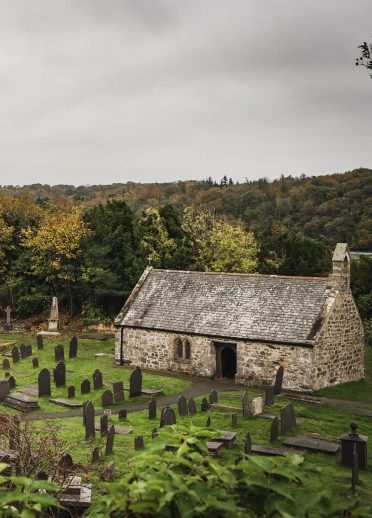
Llŷn Pilgrims Trail, Llŷn Peninsula
Pilgrims would walk from Bangor to Aberdaron, then travel to Bardsey, the island of 20,000 saints by boat. Your clients can follow in the footsteps of the route where there are unspoilt views from the coastal path. From Aberdaron, walk east to Porthmadog. The route include churches, Iron Age hill forts, coastal resorts and villages.
Distance: 72 miles (116 km)
Duration: 7 days
Start: Aberdesach
End: Porthmadog
Top tip: On arrival at Porthmadog, clients can travel on a steam train with Ffestiniog and Welsh Highland Railway and the Welsh Highland Heritage Railway.
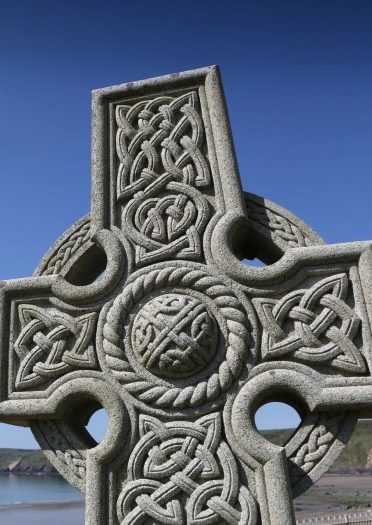
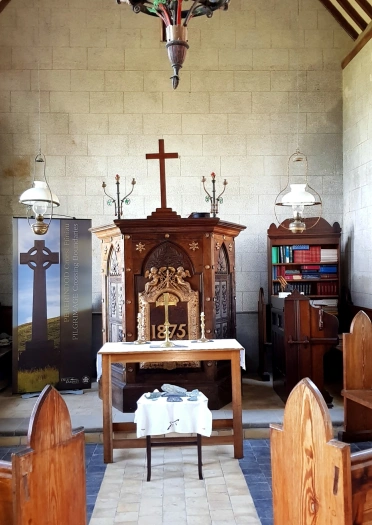
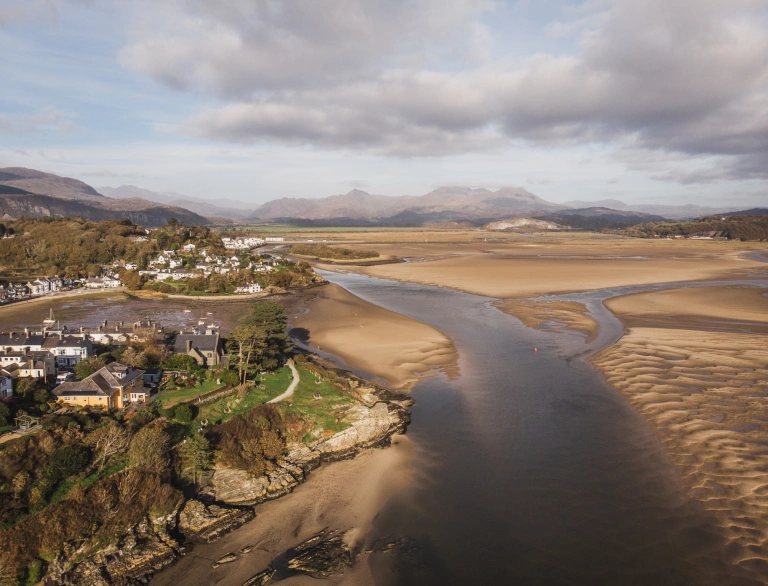
North Wales Pilgrims Way
Another pilgrimage to Bardsey Island starts from the ruins of Basingwerk Abbey and the holy waters at St Beuno's Well. The route covers different terrains and views, from mountains, forests, farmland and coastlines. It passes churches, a 12 foot Celtic cross, ancient stone crossings, prehistoric circles, and waterfall. Boat trips to Bardsey Island can be taken from Porth Meudwy.
Distance: 130 miles (209 km)
Duration: 2 weeks
Start: Holywell
End: Bardsey Island
Attractions: Bodnant Gardens, National Slate Museum (currently closed for redevelopment), St Winefride's Chapel and Holy Well, and Dolbadarn Castle
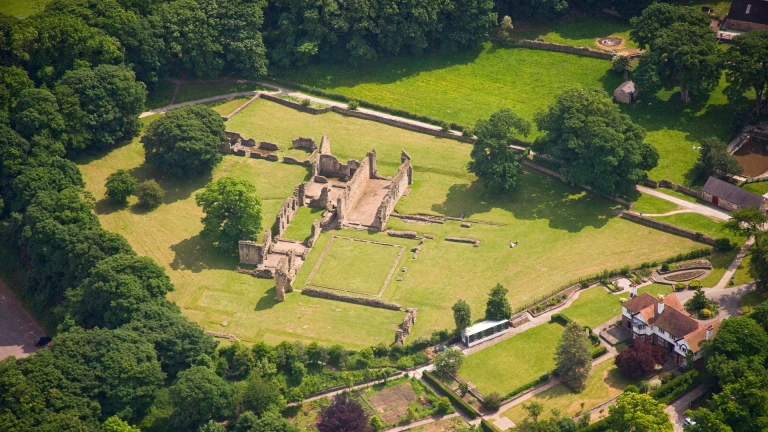
St. Winefride Pilgrim Trail
Starting in Shrewsbury, England, the walk continues north until crossing the border at Chirk. Pilgrims have followed the route across the Clwydian Range since the 12th century in honour of Winefride. She was borne to a Welsh prince in the 7th century and was beheaded by an enraged suitor. It is believed that her head sprang a well of pure water where it came to rest. She survived after her uncle, St Beuno put the head back onto her body where St Winefride became an abbess at a nunnery. St Winefride's Chapel and Holy Well is the final point on the pilgrim trail.
Distance: 70 miles (113 km)
Duration: 7 days
Start: Shrewsbury
End: Holywell
Attractions: Chirk Castle and Gardens, Pontcysyllte Aqueduct, Plas Newydd House and Garden, Llangollen Railway
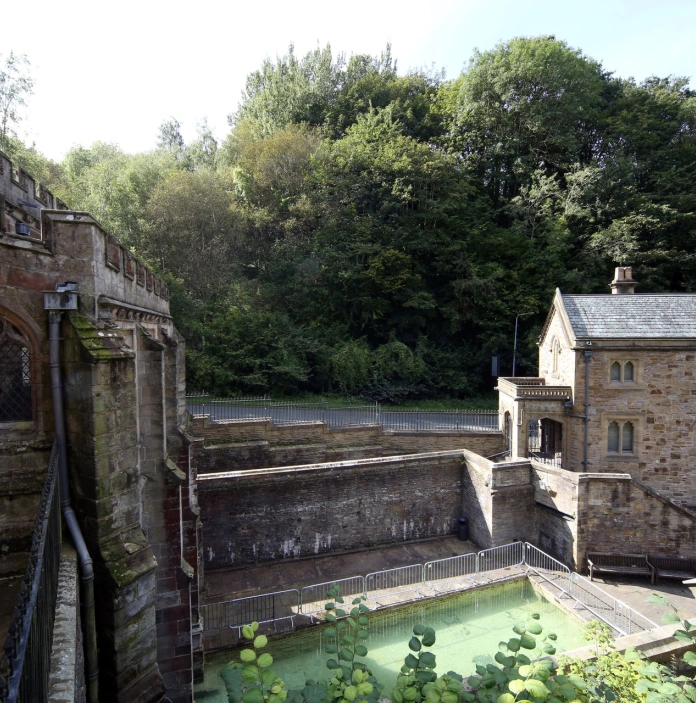
South West Wales
Gower Pilgrimage Way, Gower Peninsula
The route comprising of five sections, was launched in the summer of 2022 and links all 17 of the historic Celtic churches in the Gower. Some churches date back to the 6th century, dedicated to St Cattwg, St Cenydd, St Illtyd, St Madoc, St Rhidian and other Celtic saints. Along the walk, clients will also pass a castle and Christian points of interest, including chapels, sacred sites and a medieval monastic settlement.
Distance: 48.5 miles (78 km) - 5 sections ranging from 5-13 miles (8-21 km)
Duration: 5 days
Start: Penclawdd
End: Bishopston
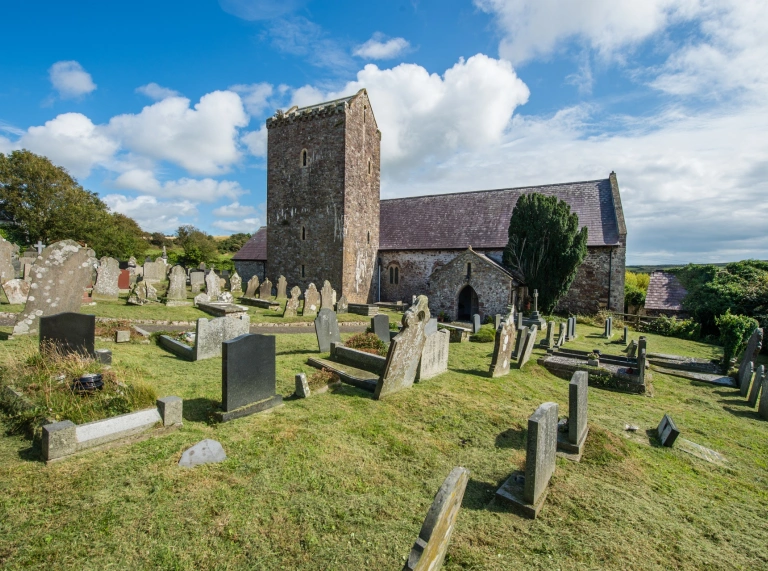
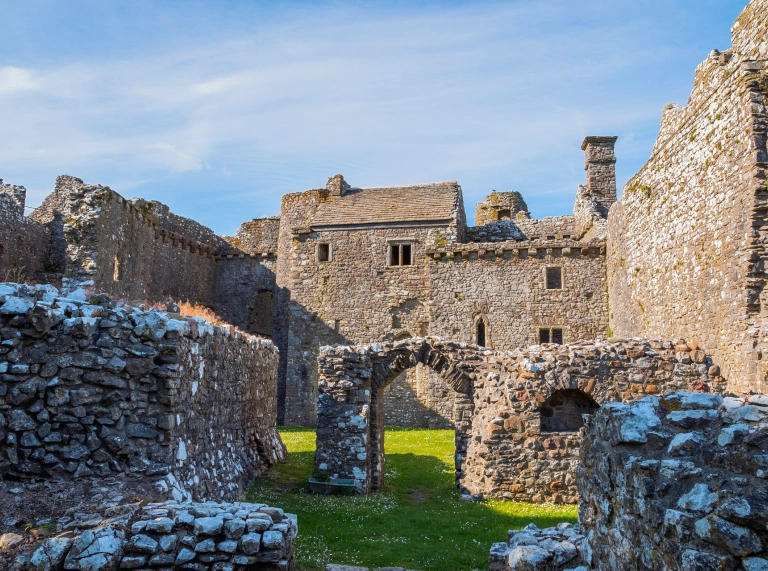
Northern Way of St David
St Davids was suggested as a destination by Pope Calixtus II in the 12th century when pilgrims could no longer travel to Jerusalem. The route walks along the Pembrokeshire Coast Path which passes ancient stones, Celtic chapels, burial chambers and holywells. Nature plays a big part in the route and a wealth of dolphins, seals and seabirds could be spotted along the coastline. The final destination is St Davids Cathedral and St Davids Bishop's Palace.
Distance: 31 miles (50 km)
Duration: 3 days
Start: Fishguard
End: St Davids
Top tips: Stop for photo opportunities at Blue Lagoon and Strumble Head lighthouse; and visit Melin Tregwnt
Southern Way of St David
The southern route again follows the Pembrokeshire Coast Path which offer more views of the coastline and the nature it beholds. Saints walked the route in the 4th and 5th century, bringing Christianity to Wales. St Non's Chapel and Well is one of the first stops on the route. The remains of the chapel is a significant holy site which is said to be where Non gave birth to her son who became the patron saint of Wales, St David.
Distance: 60 miles (97 km)
Duration: 5 days
Start: Pembroke Dock
End: St Davids
Top tips: Relax on the beautiful coastal beaches, and enjoy the hospitality at Solva and Milford Haven waterfront.
St Illtyd's Way
The pilgrimage route was created in honour of St Illtud (St Illtyd) who founded a college at Llantwit Major, one of the UKs oldest Christian sites dating back to the 4th century. The college educated many early saints including St David and St Tudwal. A parish church was built on the college ruins in the 12th century by the Normans.
Distance: 77 miles (124 km)
Duration: 8 days
Start: Pembrey Country Park
End: Margam Country Park
Top Tip: Travel 18 miles east to St Illtud's Church in Llantwit Major. Visit the collection of Celtic crosses, medieval wall paintings and early stone carvings in the Galilee chapel next to the church.
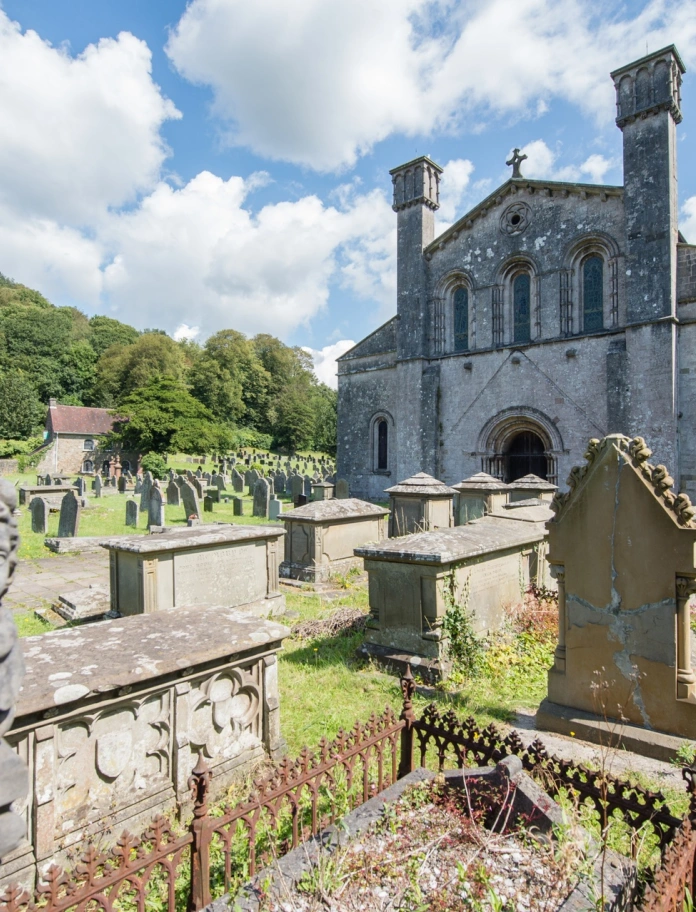
South East Wales
Penrhys Pilgrimage Way, Cardiff and the Rhondda Valley
The route is rich in history and pilgrims would walk to the shrine of St Teilo at Llandaff Cathedral, statues, holy wells and relics. Following reformation in the 16th century led by Thomas Cromwell, many statues were burned to ashes and pilgrimage lessened. The footpaths and holy well survived which lead to Our Lady of Penrhys statue.
Distance: 21 miles (33.8 km) - 6 routes with varying length, difficulty and terrain.
Duration: 2 days
Start: Llandaff Cathedral, Cardiff
End: Penrhys, Rhondda
Top Tips: Allow time to visit A Welsh Coal Mining Experience at Rhondda Heritage Park Museum (2 miles (3.2 km) detour) and The Royal Mint Experience (1 mile (1.6 km) detour) on route.
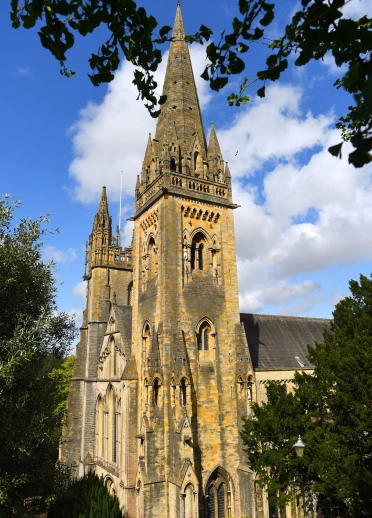
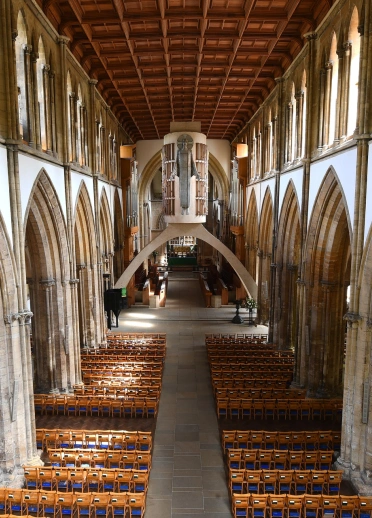
Across Wales
The Celtic Way, South West to South East
Having gathered stones in the Preseli Mountains and taking them to Stonehenge, the Neolithic people from England and Wales were united by their Christian faith. The route pays homage to the history with many prehistoric and religious sites to visit. The landscape changes throughout the route, from the heritage coast, waterfall country and wild landscape of the countryside.
Distance: 758 miles (1,220 km) - to end point in England - shorter route and duration if ending at Chepstow
Duration: 3 months
Start: Strumble Head
End: Chepstow
Attractions: Margam Country Park, Dyffryn Gardens, Castell Coch, Caerphilly Castle, Chepstow Castle, Castell Henllys Iron Age Village
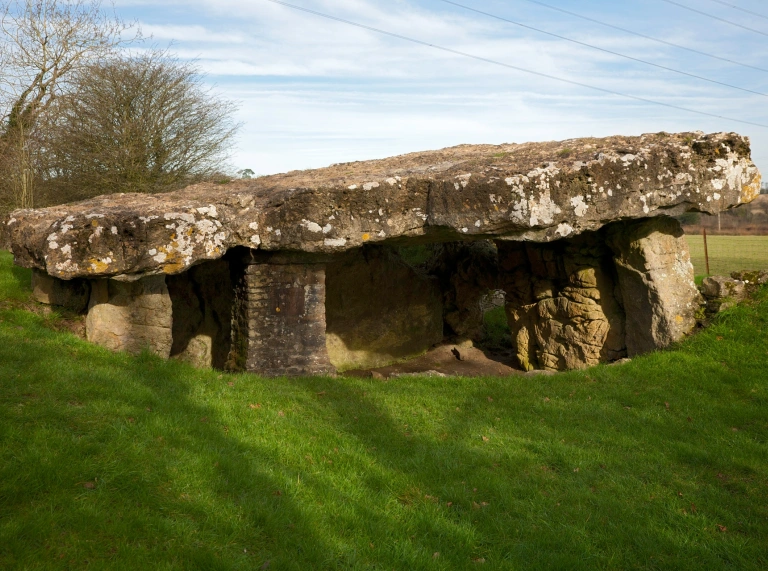
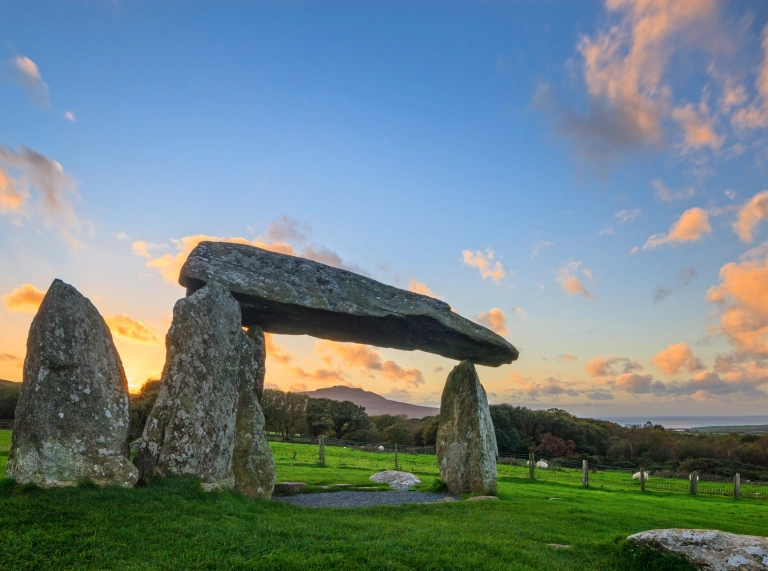
St Melangell Way, Mid and North Wales
The route starts just over the Welsh border in Oswestry, but soon takes clients into the heart of Wales, through the Tanat Valley and Berwyn mountains. The end destination is at the shrine of a female saint from the 6th century. The story why a dastardly prince gave her the valley in which she built a community is fascinating. It is believed the shrine which holds intact bones are those of St Melangell.
Distance: 23 miles (37 km)
Duration: 2 days
Start: Oswestry
End: Pennant Melangell
Top tip: Stop to take a photo at Pistyll Rhaeadr
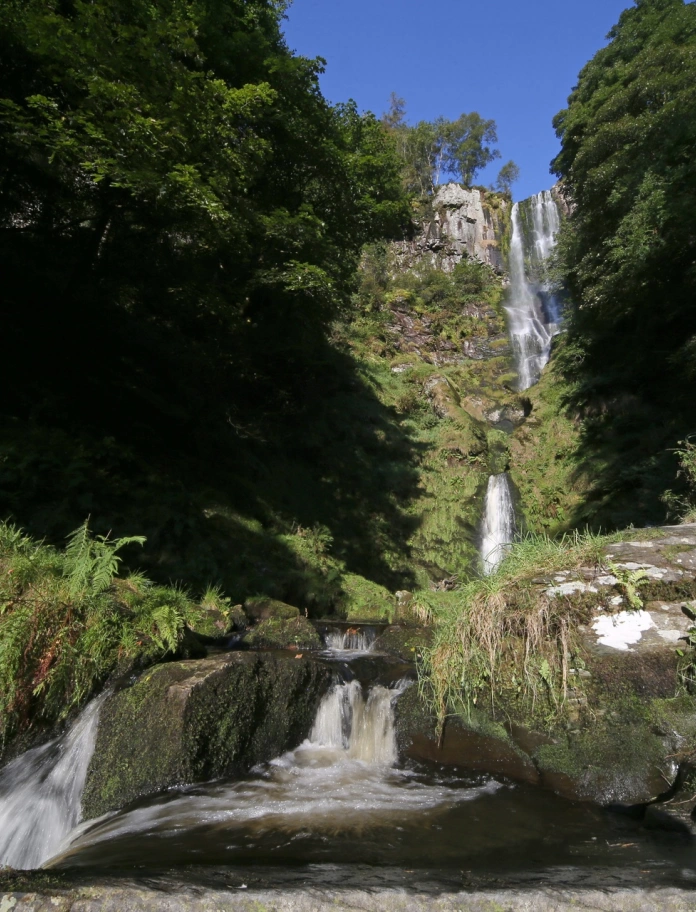
St Thomas Way, South East and South West Wales
The medieval pilgrimage was lead by Welsh outlaw William Cragh at the end of the 13th century. He was hanged in Swansea, but survived and walked barefoot with a noose around his neck to thank St Thomas of Hereford at his tomb, who locals believe performed the miracle. The route is made up of 13 circular walks which can be selected individually for itineraries.
Distance: Varies depending on route
Duration: 1 day for each route
Route locations: Swansea, Margam, Ewenny, Llancarfan, St. Fagans, Caerphilly, Newport, Usk, Abergavenny and Patrishow.
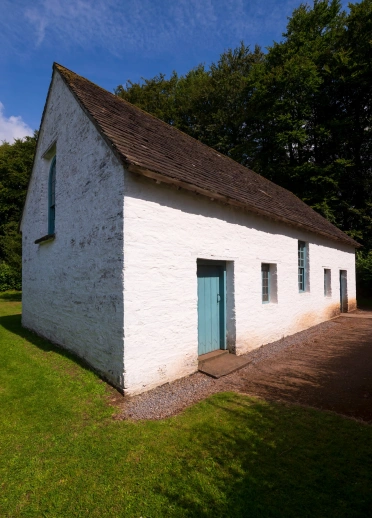
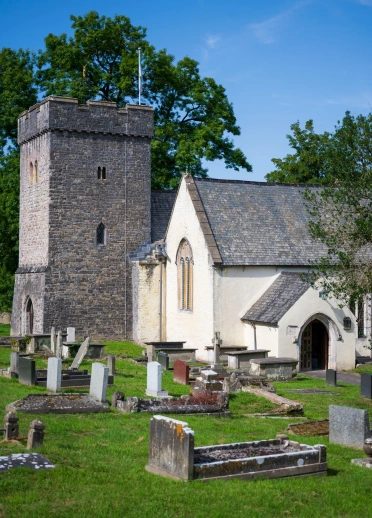
Welsh Cistercian Way
The circular route around Wales can begin at any point on the map and will allow clients to learn about Cistercian heritage whilst exploring the breath-taking Welsh landscape, historic places of interest and attractions. There are too many highlights to list, but they include St Asaph Cathedral and Valle Crucis Abbey in the north, Tintern Abbey and Neath Abbey in the south, and Strata Florida Abbey in Mid Wales.
Distance: 672 miles (1.081 km)
Duration: 3 months
Walking in Wales toolkit for the Travel Trade
Useful links
Walking in Wales toolkit for the Travel Trade
Wales Coast Path - planning and carrying
Explore Wales by foot - our fact sheet including useful links
